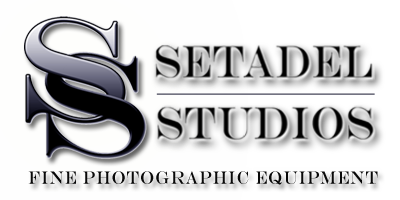A Tale Of Nikon's Classic Design (Nikon FM & FE)
Posted by Jesse Seberras on
What comes to mind when I think of Nikon cameras is ‘classic design’. Their original S rangefinder and F reflex lines were things of beauty. Drawing inspiration from Bauhaus and Art Nouveau architectural design Nikon cameras were things of both function and beauty. And in 1977 they continued this trend and released one of my favourite 35mm film cameras of all time: the Nikon FM.

Don’t let the small stature of the Nikon FM fool you into thinking that this camera cannot perform. Simple in design it packs everything one would need for basic film photography. A body designed so perfectly that they continued to use the same chassis for the next 30 years with release of the FE, FM2, FE2, FA and FM3A. And further inspiring the design of the EM, FM10 and even the current Df.

Built like a tank with a solid copper/aluminium construction and an all mechanical shutter. The only thing that is battery dependant under the hood is the meter. Not to mention everything is visible inside the viewfinder (aperture, shutter speed and meter). This is the kind of camera that would damage the floor rather than itself if dropped. Thanks to its slim profile and light weight design this camera makes for an excellent travel companion even in the digital age. And thanks to its adjustable AI meter coupler it is one of a select few camera bodies that can accept pre-AI lenses all the way to modern AF-d lenses. So throwing the body into a bag with your dSLR and AF-d lenses will not frighten this camera.

I was able to take one along with me on a recent trip to Japan and it was a blast. Throwing a 28mm f3.5 on it I was able to store in my camera bag along with my dSLR outfit and was not bothered by the weight on my long treks through the Kyushu countryside.

But if a manual camera is not your thing then Nikon still had you covered because the following year they released the FE. This little brother to the FM didn't pull any punches and kept everything I loved about the original and added match needle metering and an aperture priority mode. The only thing you loose is that rugged mechanical shutter, opting for an electronically controlled one instead. However, at their current price point, there is very little from stopping you from just picking up both. So why choose?
If you've enjoyed this article, please be sure to forward it to a friend!
Share this post
0 comment
